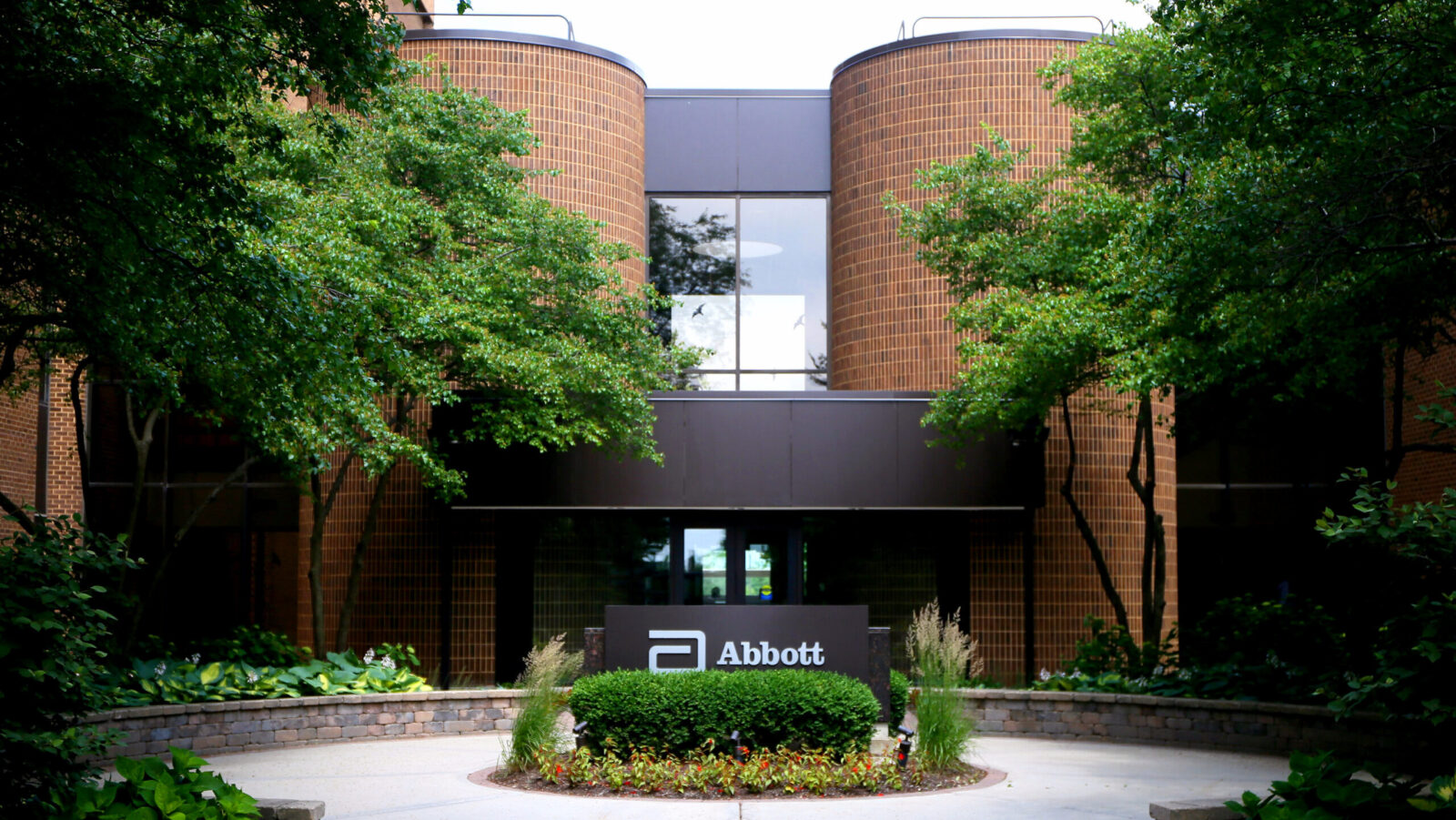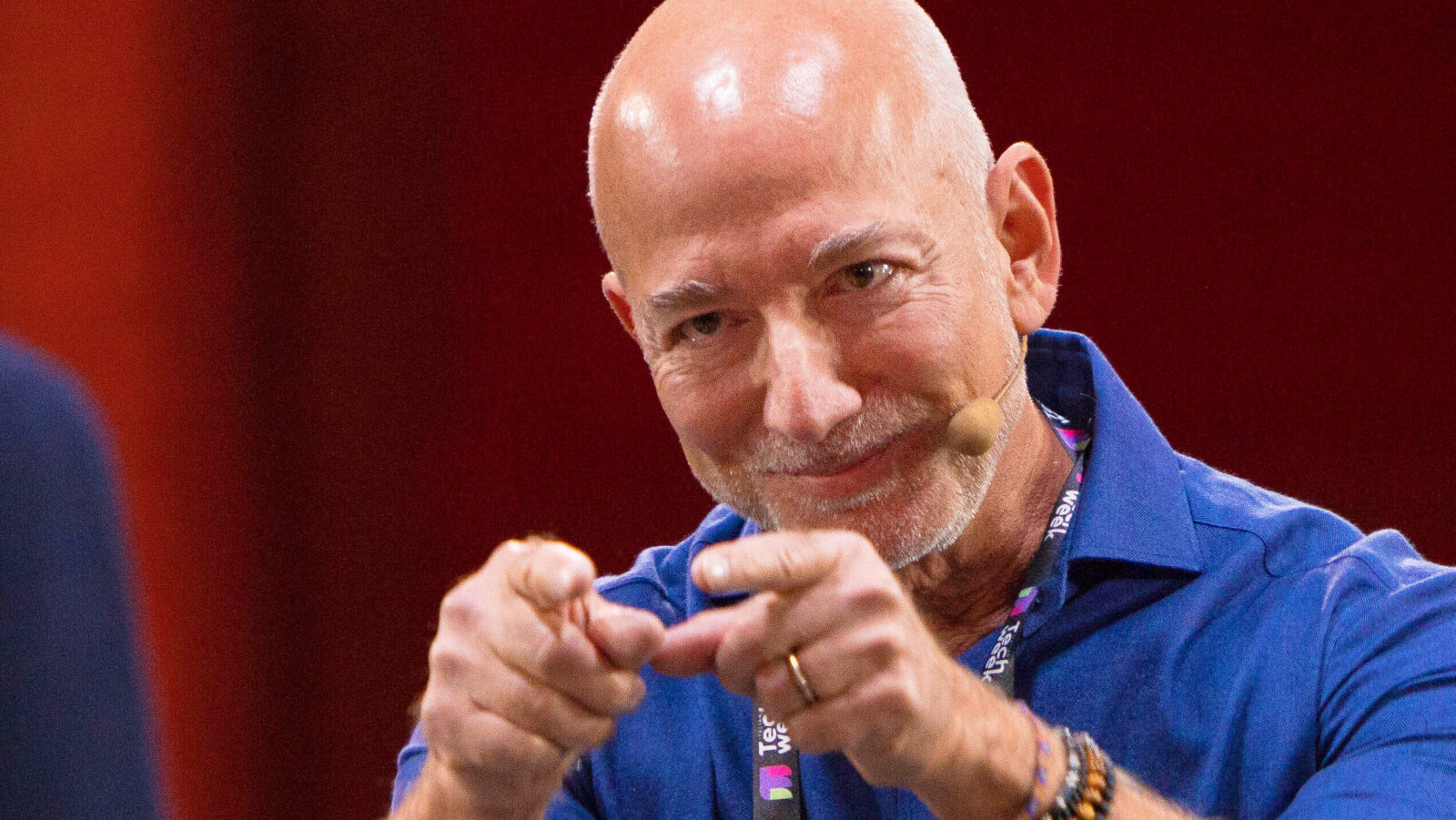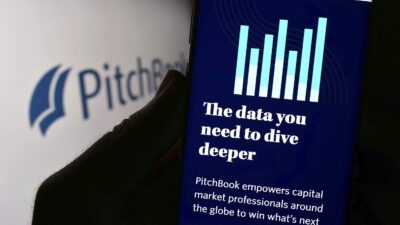Now Entering Uncanny Valley: Why AI ‘Avatars’ Are Suddenly Everywhere
One high-profile early adopter: Swiss bank UBS, which is turning its army of investment banking analysts into AI avatars.

Sign up for smart news, insights, and analysis on the biggest financial stories of the day.
’’Playing hooky from work just got a lot easier. Just ask Zoom CEO Eric Yuan, who ducked out of the company’s first-quarter earnings call on Wednesday — though investors who tuned in to the presentation may not have even noticed.
That’s because, in his place, Yuan didn’t cast his CFO, COO, or any other C-Suite understudy in the report’s lead role but rather … himself. Or, at least, the artificial intelligence “avatar” version of himself, an ultra-realistic digital clone who looks like Yuan, talks like Yuan, and maybe even thinks like Yuan. Which means that as his AI alter-ego soaked up the spotlight, Yuan may have been sitting among the bleacher bums at a San Francisco Giants day game, taking in the photo-painting exhibit at the San Francisco Museum of Modern Art, or, more likely, simply focusing on more pressing matters at the Zoom offices. Eventually, the real-life Yuan replaced the avatar version during the live Q&A portion of the call … or so he claims).
He’s not the only CEO who delegated typical earnings call duties to a digital doppelganger this week: On Monday, Klarna CEO AI Siemiatkowski also employed an AI avatar for portions of the company’s quarterly earnings report. And the invasion of the AI bodysnatchers is hardly contained among the big bosses of the tech world: AI avatars are suddenly sprouting up everywhere, with everyone from doctors to teachers and bankers employing AI imitators. In fact, in its earnings call Wednesday, Yuan (the avatar) reminded the world that since last year, the platform has let anyone create an AI avatar of their own. Hey, maybe that’s why your usually sleepy co-worker has been demonstrating perfect active-listening techniques in your recent Monday morning team meetings.
Mirror Machine
Creating the intentional deepfakes is relatively easy. For most platforms, users only need to upload a few videos of themselves speaking before the system can churn out a lifelike AI imitator. Then, the avatars can do anything from reciting a script to engaging in more active back-and-forth as human-appearing chatbots — which, so far, often means deployment in client- and customer-facing positions.
“The early adopters are those industries that are already well dependent on large face-to-face customer interaction — financial services, retail, telecoms, healthcare,” Lei Gao, chief technology officer at conversational AI platform startup SleekFlow, told The Daily Upside. “These areas involve repetitive, high-frequency customer service or advisory tasks that can be automated. AI avatars have the potential to offer 24/7 support, consistency, and increased cost-effectiveness, especially in frontline positions.”
Bank On It
One high-profile early adopter: Swiss bank UBS. Using tools from OpenAI and AI video communications platform Synthesia, UBS launched a program at the start of this year to turn its analysts into avatars (though the company recently told Fortune that just 36 of its roughly 700 analysts have opted in).
Essentially, analysts use a language model to adapt their reports into digestible scripts, which can then be performed by their avatars and sent to clients (who are, rest assured, alerted that the insight they are receiving comes courtesy of AI). The system has quite literally allowed analysts to be in two places at once.
“We have already had situations where the analyst was on the road meeting clients, but thanks to the AI capabilities, was able to quickly generate and review and approve a video script based on their research note, use their avatar to record the video, and then publish it to clients,” a UBS spokesperson recently told Fortune.
It’s also reflective of clients’ increasing desire for video content instead of or in addition to written reports. “There are two drivers for it: the client driver and the efficiency driver,” UBS head of global research technology Scott Solomon told the Financial Times. “It is helping you scale your video capabilities in a way that clients are asking you for, and ultimately saving you time to do your research and meet with clients.”
The firm typically produces about 1,000 videos per year, compared with 50,000 written documents, but Solomon told the FT that UBS hopes the avatar tech will allow it to increase its video production to 5,000 videos per year.
The AI Doctor Will See You … Whenever You Want
Investment bankers aren’t the only ones tapping into the matrix. In its current incarnation, the tech has proven capable of performing customer service roles, handling HR tasks like onboarding new employees, and even supplementing teachers and tutors. It has also, unsurprisingly, been used to rapidly create marketing videos as well as other social media-friendly content. One company, Cicero, is using the tech to build a workplace roleplay platform — letting employees practice and prepare for potentially challenging conversations by simulating them with AI avatars first (hey, isn’t there already an entire HBO show about this?).
For now, its acolytes insist it’s a supplement, not a replacement, for our human selves.
“In systems design terms, AI avatars are great for processing structured, repetitive tasks, but without the contextual nuance and emotional intelligence that a human agent can bring to delicate or high-stakes interactions,” Gao told The Daily Upside. “The best deployments that we have seen are when humans and AI collaborate hand in hand, where you have an avatar doing triage or assisting, and the human does escalation.”
Next up might be an even more familiar face: your doctor. Sources recently told Wired that in an all-staff meeting in April, daytime TV star turned Centers for Medicare & Medicaid Services Administrator Dr. Mehmet Oz pushed for the widespread implementation of AI avatars on the frontlines of healthcare, noting the comparative cost benefits of $2-per-hour AI compared with $100-per-hour healthcare professionals.
Raising Expectations
So far, at least, venture capital is buying the hype. In January, the aforementioned Synthesia closed a $180 million Series D fundraising round at a $2.1 billion valuation. In April, Rogo, which makes AI avatars specifically for the finance sector, closed a $50 million Series B at a $350 million valuation led by Thrive Capital with participation from the likes of JPMorgan, Tiger Global, and Khosla Ventures. Indeed, avatar-makers now dot the lists of Y Combinator cohorts and firms included in SoftBank’s Vision funds.
Backers are assuredly hoping the tech continues to evolve. The tech to create canned videos featuring deepfaked subjects has been available for a while now, but making the avatars interactive has been a more recent development. Don Patterson, vice president of artificial intelligence and machine learning at LedgerLink, told The Daily Upside that the next step in the tech’s evolution will be avatars learning how to interact with each other. Which means that the future could be full of bustling AI busybodies increasingly working among us.
Risky Business: That, of course, brings risk. “The rush to replace human presence with synthetic efficiency could backfire, costing trust, credibility, and maybe revenue,” Matt Moynahan, CEO of deepfake detection and AI security startup GetReal, told The Daily Upside. “We’re approaching a tipping point with generative AI, and organizations need to think very carefully about where authenticity is non-negotiable. Leadership is one of those areas. We must keep humans in the loop where it matters most.”
Moynahan says the danger stems from the question of how much sensitive data and information AI avatars will have access to—an increased amount of data only increases an organization’s attack surface.
In other words: The tech may create some very real headaches for some very human IT workers. Let’s hope they have a digital clone of their own to help shoulder some of the load.











